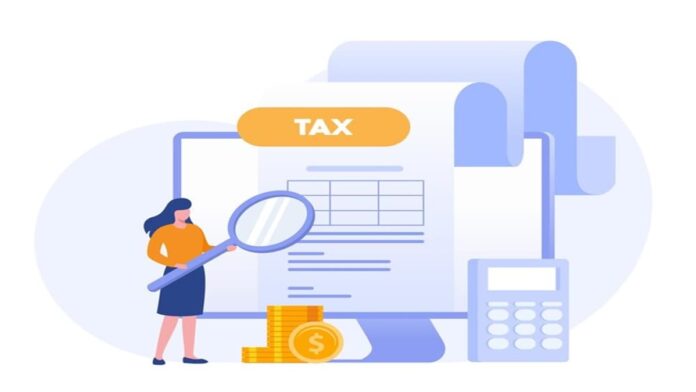Taxpayers can now easily compare sections of the Income Tax Act, 1961, with corresponding clauses in the new Income Tax Bill, 2025, through an online utility provided by the tax department. The Section-to-Section mapping has been uploaded on the I-T department’s website for public access.
“Kind attention Taxpayers! The utility to check section of Income Tax Act, 1961 vis-a-vis corresponding Clause of New Income Tax Bill is now live,” read the Income Tax India post on X.
https://twitter.com/IncomeTaxIndia/status/1890443028344762537
The simplified Income Tax Bill, 2025, was introduced in the Lok Sabha on February 13 by Finance Minister Nirmala Sitharaman. Once enacted, it will replace the 64-year-old Income Tax Act, 1961, which has become complex due to its traditional drafting style and numerous amendments.
ALSO READIncome Tax Bill 2025: How is the new tax law different from the old one?
Key changes in the new bill
The new Bill is more concise and structured, reducing complexity for taxpayers. The total word count has been reduced to 2.6 lakh from 5.12 lakh in the existing Act. Additionally, the number of sections has been trimmed to 536 from 819, and chapters have been halved to 23 from 47. The Bill also introduces 57 tables, up from 18, and incorporates formulas to simplify tax calculations.
The Bill has removed 1,200 provisos and 900 explanations, making it more straightforward. Shorter sentences and a reader-friendly approach have been adopted. Moreover, redundant provisions, such as those relating to Fringe Benefit Tax, have been omitted. The excessive use of the word ‘notwithstanding’ has been replaced with ‘irrespective’ to enhance clarity.
ALSO READNew Income Tax Bill: Key provisions in the bill taxpayers need to know
A significant change in the Bill is the introduction of the ‘tax year,’ a 12-month period beginning from April 1, replacing the previous ‘assessment year’ and ‘previous year’ system.
The new Bill will come into effect from April 1, 2026, following review by a Select Committee of the Lok Sabha and clearance by Parliament.
» Read More


